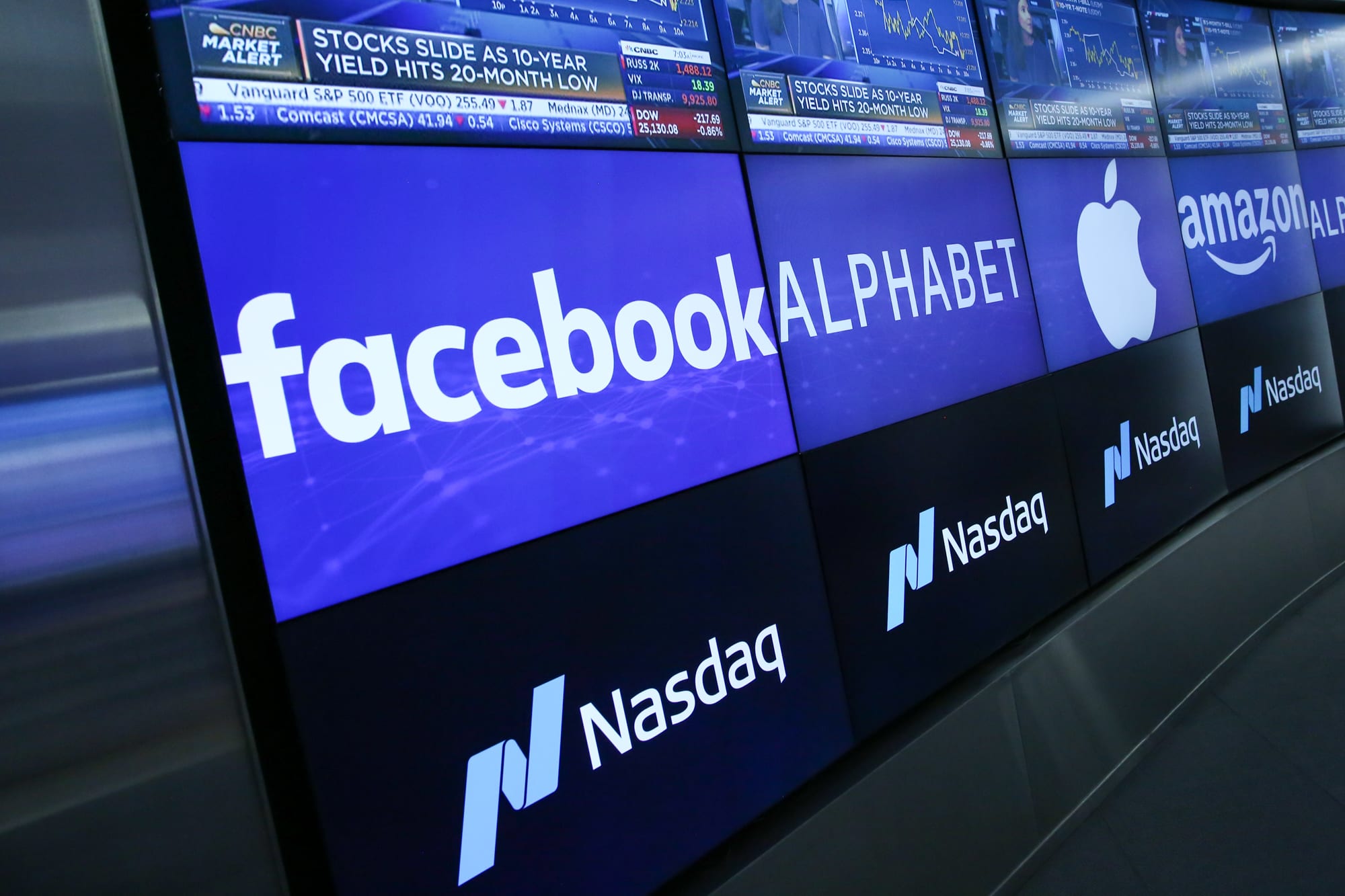
LEO
Oct 25, 2021 14:06

Investment is often described as such a process, investing some money now, hoping to recover more money in the future. At Berkshire Hathaway, we have adopted a higher standard and defined investment as “now transferring purchasing power to others, and reasonably expecting that in the future, we can still obtain higher purchasing power after paying the explicit income tax rate. In short, investment is to abandon current consumption in order to be able to consume more in the future.
An important conclusion can be drawn from our definition: the indicator to measure the level of investment risk should not be beta (a Wall Street term based on volatility, often used to measure risk), but a loss of purchasing power after the holding period expires. (Reasonable) probability. Asset prices may fluctuate sharply, but as long as there is reason to be sure that the purchasing power they bring after the expiry of the investment period will increase, the investment is risk-free. As we will see later, assets without price fluctuations may also be full of risks.
There are many investment options, but they can be roughly divided into three categories. It is important to understand the characteristics of each category. Below, we will launch a detailed analysis.
Funds, bonds, mortgages...may be risky
Investments settled in a specific currency in the market include money market funds, bonds, mortgages, bank deposits and other instruments. Most of these investments are considered "safe", but in fact they are probably the most dangerous assets. Their beta may be zero, but the risk is huge.
In the last century, such investment tools destroyed the purchasing power of investors in many countries, although investors have been able to receive the principal and interest payments on time. Moreover, such bad results will continue to recur in the future. The government determines the final value of the currency, and the systemic power of the government sometimes promotes their inflationary policies. These policies can get out of control if they are not careful.
The second type of investment refers to assets that will never be output. When investors buy in, they only hope that other investors-these people also understand that such assets will never have output-will be more in the future. The high price takes over. The most typical is the tulip. In the 17th century, it once became the favorite of such buyers.
This type of investment requires a growing group of buyers, and people decide to buy because they believe that the buyer group will continue to grow in the future. Holders of this type of asset do not expect any output from the asset itself—it will never produce output—but believe that in the future, others will be more eager to take over.
Disadvantages of gold
One major category of such assets is gold, which is currently extremely sought after by safe-haven investors. These investors are not at ease with almost all other assets, especially banknotes (as mentioned above, given the purchasing power of banknotes, their concerns are not unreasonable). However, gold has two significant shortcomings. It has limited uses and cannot reproduce itself. It is true that gold has some industrial and decorative uses, but the demand for these uses is limited and not enough to absorb the new output. Moreover, if an investor has been holding one ounce of gold, he will still only hold one ounce of gold in the end.
Most investors buy gold because they believe the above concerns will escalate. The past ten years have proved this belief to be correct. Since then, the continued increase in the price of gold is due to the stronger buying enthusiasm inspired by this wave of trends. Many people regard the rise in gold prices as a verification of this investment view. With the influx of "follow the trend" investors, they will establish their own truth in the short term.
At first, reasonable investment logic and repeated price increases can create a huge asset bubble. The Internet bubble and property market bubble we have seen in the past 15 years are typical. In these bubbles, many investors who were initially skeptical eventually bowed their heads to the "evidence" given by the market, and the rapid expansion of the buyer group was enough to maintain the continuous expansion of the bubble. But when the bubble reaches a certain level, it will inevitably burst. It really complies with the old saying: "What the wise man does in the beginning, the fool does in the end" (What the wise man does in the beginning, the fool does in the end).
Today, there are approximately 170,000 metric tons of gold in the world. All of this gold fused together to form a 68-foot cube. (Imagine that it can almost fit into a baseball field.) At $1,750 per ounce (the price of gold at the time of writing this article), its market value is approximately $9.6 trillion. We call this cube Group A.
Now, we create a group B with the same amount. We can buy all the arable land in the United States (400 million acres, with an annual output value of approximately US$200 billion) and 16 Exxon Mobils (the most profitable company in the world with an annual profit of more than US$40 billion). Then, there is about 1 trillion US dollars left to be used as activity funds (so, even after such a large investment, you will not feel nervous at all). Do you think an investor with $9.6 trillion will choose Group A or Group B?
In addition to the astonishing market value of stock gold, the current high gold price has brought the current annual output value of gold to approximately $160 billion. Buyers—whether they are jewelry manufacturers, industrial users, fearful individuals, or speculators—must continue to digest the increased supply in order to keep the gold price at the current level.
100 years from now on, during which 400 million acres of farmland will produce countless corn, wheat, cotton and other crops. And no matter what we adopt as currency, it will continue to bring such rich properties. And Exxon Mobil may have distributed several trillion dollars in dividends to shareholders, and the scale of holdings is still expanding (remember, investors who choose Group B have 16 Exxon Mobil companies on hand). The size of 170,000 tons of gold in 100 years will not change at all, and there will still be no output. Of course, you can touch this golden cube, but it will not react.
It is undeniable that 100 years later, when people are afraid, many people may still snap up gold. But I believe that the compound growth rate of Group A’s current market value of US$9.6 trillion in this 100-year period will be much lower than that of Group B.
When the market’s fear reaches its peak, the first and second types of investment are most sought after: economic collapse concerns will prompt people to buy currency-based assets, mainly US bonds; currency depreciation concerns will make people buy non-productive assets such as gold . At the end of 2008, we heard that "cash is king", but in fact, it should have been actively invested at that time, rather than holding the currency to wait and see. Similarly, in the early 1980s we heard that "cash is rubbish", but in fact the fixed dollar investment at that time was at the most attractive level in our memory. In these two times, investors who followed suit paid a heavy price for peace of mind.
Investment-productive assets
My most optimistic-you know, we will talk about it next-is the third type of investment: investing in productive assets, whether it is a business, a farm, or real estate. Ideally, in times of inflation, these assets require only a minimum level of new capital input to maintain the purchasing power value through output. Farms, real estate and many companies, such as Coca-Cola, IBM, and our own See's Candy are all such high-quality assets. Some other companies, such as regulated utility companies, are inferior because inflation will impose a heavy burden on capital investment. In order to increase profitability, these companies must expand investment. Even so, such companies are better than non-output investment or currency-based investment.
Regardless of whether money will be in the form of gold, shells, shark teeth, or paper money like today, 100 years from now, people will still be willing to spend a few minutes of daily labor in exchange for a can of Coca-Cola or some See's peanut crackers. In the future, Americans will transport more goods, consume more food, and need more living space. People always need to exchange what they produce with others.
American companies will continue to efficiently produce the goods and services Americans need. For example, these commercial "cows" will survive for hundreds of years and produce more "milk." It is not the medium of exchange that determines their value, but their ability to produce milk. For dairy owners, milk sales income will grow at a compound rate, just like the 20th century, when the Jones Index increased from 66 points to 11,497 points (at the same time, large dividends were paid).
Berkshire's goal will be to increase its shareholding in leading companies. We prefer to hold full shares-but we will also become shareholders by holding a considerable amount of saleable shares. I believe that in any longer period, this type of investment will prove to be a far-leading winner among the three types of investment we analyzed. More importantly, it will also be far safer than the other two types of investment.

Oct 25, 2021 14:05

Oct 25, 2021 14:06